
Here’s How the World Celebrates St. Patrick’s Day
It’s time for the annual closet raid to assemble green outfits!
St. Patrick’s Day––observed on March 17––began as a holiday to remember the life of St. Patrick, a priest who brought Christianity to Ireland in 432 CE. Nowadays, it’s become a globe-spanning celebration of Ireland, its people, and its culture.
Here’s more about St. Patrick and how the world celebrates St. Patrick’s Day.
A Brief History of St. Patrick
St. Patrick was born in England, but he was kidnapped by Irish raiders at age 16 and taken to the Emerald Isle (Ireland’s nickname). He eventually escaped his captors and found passage back to England, where he began religious training. An angel, however, told Patrick to return to Ireland—this time as a missionary.
Because Patrick was familiar with the Irish language and culture, he merged elements of Ireland’s Celtic religion with Christian lessons and themes. This practice successfully converted the Irish to Catholicism. One of the most popular claims was that he drove all the snakes out of Ireland and into the sea. (In reality, there never were snakes in Ireland).
While some stories about St. Patrick are far-fetched, there’s no denying his impact. He is the patron saint of Ireland, and his legacy is still felt on the island today (about 78 percent of Irish people identified as Catholic in Ireland’s 2016 census). The Church officially recognized St. Patrick in 1631, establishing a feast day to honor him on March 17 (the date of his death in 460 CE).
Although St. Patrick’s Day began as a religious holiday, it has evolved over the years. Irish immigrants in the U.S. had much to do with this change—they organized parades and other events to celebrate Irish culture. Instead of a somber holiday spent at Mass, St. Patrick’s Day for many is now about shamrocks, leprechauns, and wearing the color green, whether you’re Irish or not.
How Is St. Patrick’s Day Celebrated around the World?
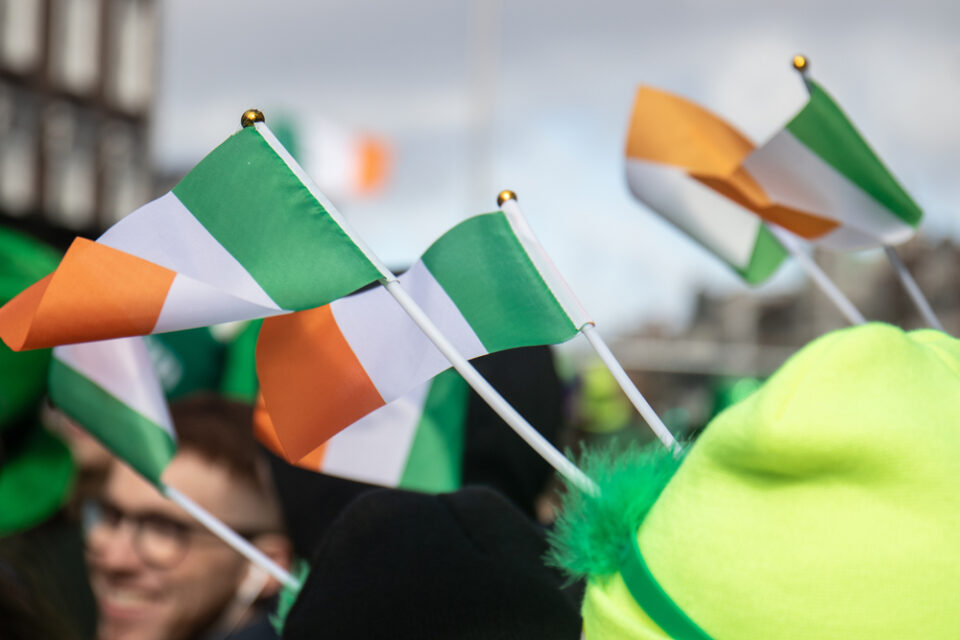
Ireland
It’s no surprise that the Emerald Isle takes St. Patrick’s Day seriously. The festival lasts five days in Ireland’s capital city, Dublin, attracting more than 500,000 people yearly. It features a parade, a fair with carousels and roller coasters (among other attractions), and a massive outdoor dance party called the Céilí Mór. The festivities begin with famous buildings across Ireland––including Blarney Castle, St. Patrick’s Cathedral, and the Bank of Ireland––being lit up in green.
New Zealand
Around 20 percent of New Zealanders have Irish ancestry, and the country pays homage to this heritage every March. Major cities such as Wellington host massive parades and attendees dress in green, dancing to Irish flute music. The country also hosts its St. Patrick’s Day festival in Auckland with music, dance, and a parade.

Australia
St. Patrick’s Day celebrations in Brisbane spread over 10 days and include a parade, Irish dancing, dinners, and boxing matches. In Australia’s Northern Territory, the festivities include a family sports day consisting of games such as egg and spoon, wheelbarrow, and three-legged races.
Japan
Tokyo, Japan, hosts the largest Irish celebration in Asia––more than 50,000 people attended the event in 2019. St. Patrick’s Day in Japan includes a parade, musical performances, and thousands of people dressed in green. Japan also organizes an “I Love Ireland Festival,” attended by a multicultural crowd.
Argentina
Buenos Aires is the home of South America’s largest St. Patrick’s Day celebration. Every year, more than 500,000 people gather in the city to enjoy a St. Patrick’s Day parade, live music, and an open-air festival. The party tends to last well into the night!
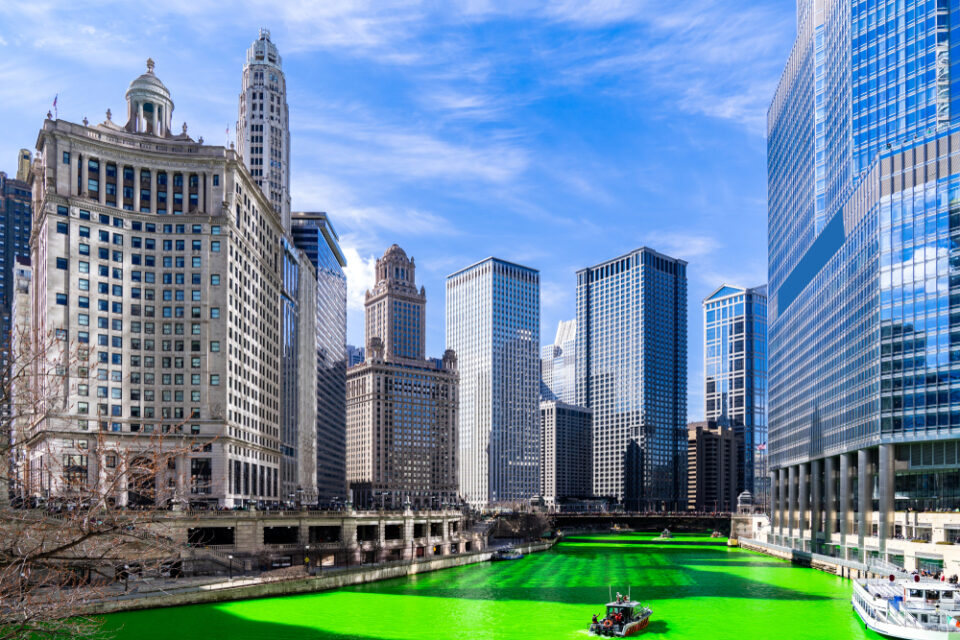
The United States
The U.S. hosts St. Patrick’s Day parades in cities from coast to coast. One of the most significant celebrations is in Chicago, which has famously dyed its river green every March since 1962. The city also hosts a huge parade that draws thousands of people and a St. Patrick’s Day Festival at the Irish American Heritage Center, where attendees listen to Irish music, dance, and relish Irish food and drinks.
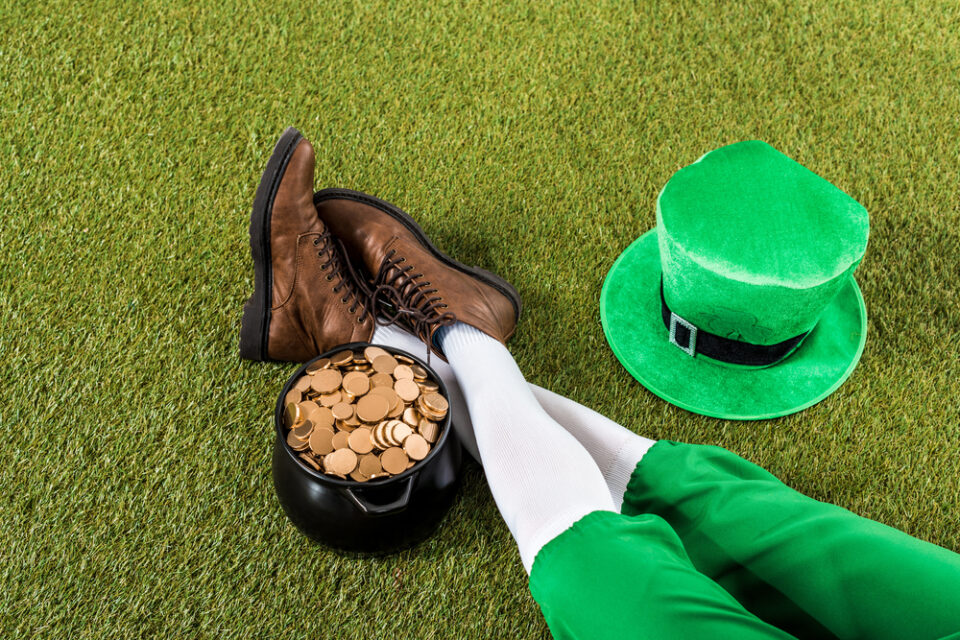
The History of Leprechauns
St. Patrick’s Day celebrations are incomplete without a few folks dressed as leprechauns, a type of fairy in Irish folklore known for mischievous ways and hidden pots of gold. Leprechauns are the shoemakers of the fairy world (that’s how they earned all that gold), and they’re typically depicted as short men (two or three feet tall) with bright red beards and all-green suits complete with waistcoats and top hats.
According to legend, anyone who catches a leprechaun receives a pot of gold (although in other stories, the leprechaun grants three wishes). Although it’s difficult to nab a leprechaun, as they trick humans into looking away so they can disappear in a jiffy, we’ve created a leprechaun trap craft for kids to make St. Patrick’s Day a fun and enjoyable holiday for your little ones. Leprechauns also prank unsuspecting humans by pinching anyone who doesn’t wear green on St. Patrick’s Day. That’s probably why so many people throw on a little green on March 17: It keeps the leprechauns away!
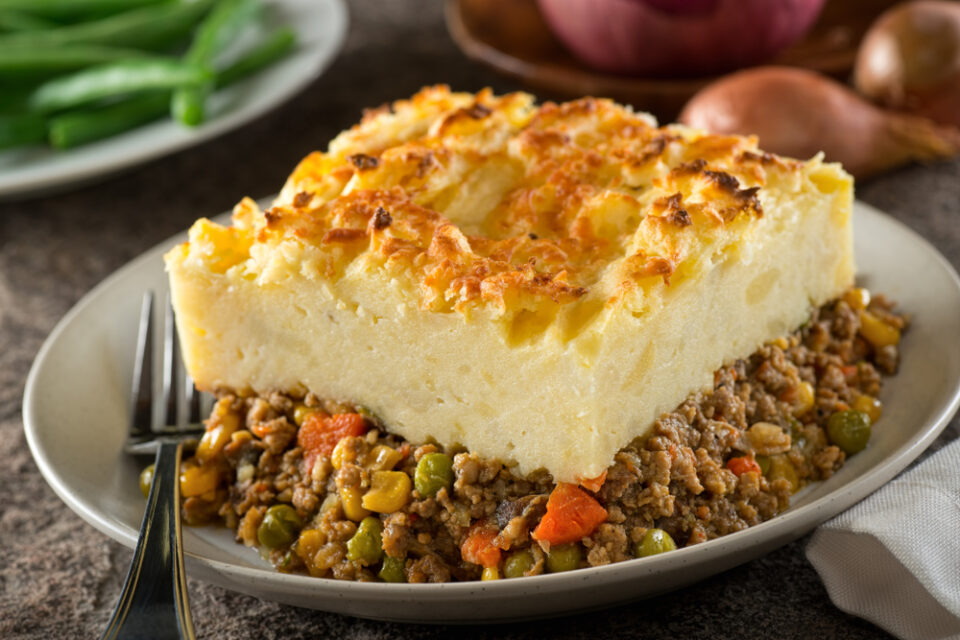
Three Traditional Irish Delicacies for St. Patrick’s Day
A typical St. Paddy’s celebration includes Irish food and drinks. Here are a few of our favorites.
Corned beef
Corned beef is a traditional St. Patrick’s Day dish, but it didn’t originate in Ireland. Many Irish immigrants arriving in the U.S. lived in slums alongside other new immigrant groups, including Jews. Irish families bought salt-cured beef (also known as corned beef) from Jewish delis because it was affordable and accessible. The dish has been a staple in Irish pubs and homes ever since and is usually paired with roast potatoes and vegetables, such as cabbage.
Shepherd’s Pie
While corned beef is connected with Irish immigrants in the U.S., shepherd’s pie is an authentic dish from Ireland itself. This hearty casserole consists of ground meat (usually lamb), gravy, onions, carrots, and celery, topped with a thick crust of mashed potatoes. Shepherd’s pie (and its cousin, cottage pie, which is made with ground beef) has been a favorite among the Irish since the late 1700s and is a perfect meal to try on St. Patrick’s Day.
Colcannon
Sir Walter Raleigh introduced potato crops to Ireland in 1589, and since then, much Irish cuisine has centered on this starchy root vegetable. One classic example is colcannon, a dish consisting of mashed potatoes mixed with chopped kale or cabbage. The delicacy has a mysterious history on the Emerald Isle. Traditionally, Irish people added a coin, rag, and stick into their colcannon, and as they ate, the first object a person found in their food predicted their future. Although colcannon is a Halloween meal in Ireland, you can always try it this St. Paddy’s day as well.
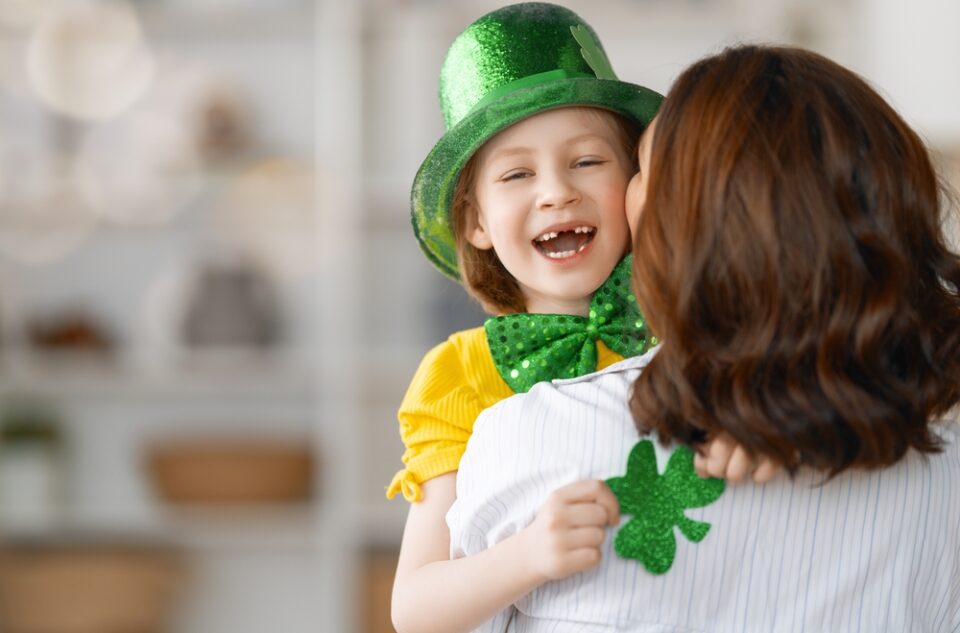
Everyone’s a Little Irish Today
Ireland may be a small country (it ranks 121st in the world by total area and 124th by population), but its rich culture and traditions have influence far beyond its borders.
Looking for other ways to celebrate Éire (“Ireland” in the Old Irish language) this year? Try designing a shamrock at home. Or head out with your family to sing and dance while watching a parade. You can keep learning about global holidays, cultures, and traditions with our award-winning World Edition Subscription box. Kids receiving it explore new countries every month through hands-on activities, exciting stories, and fun souvenirs that are sure to spark their curiosity about other people and places.
